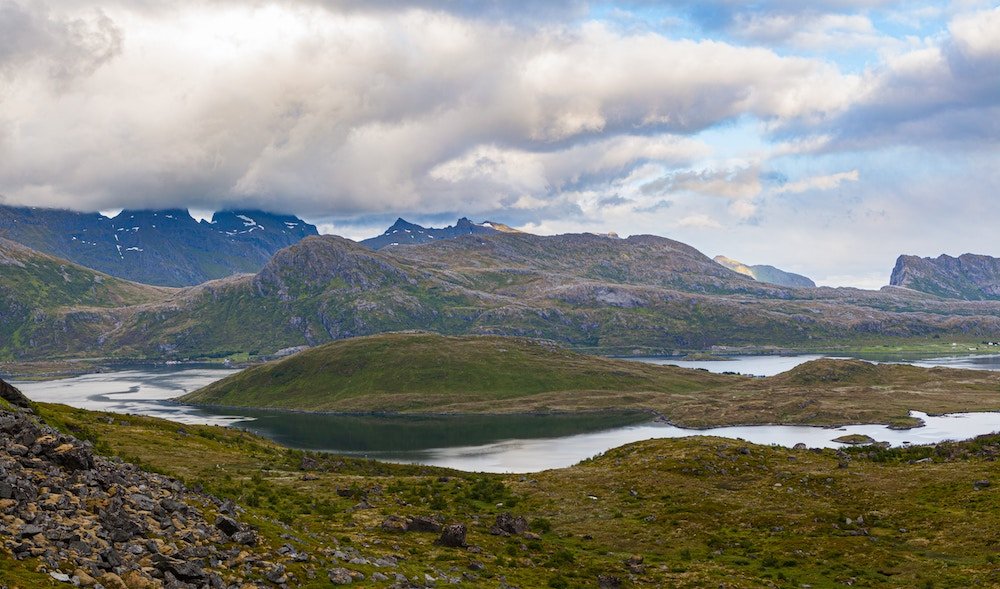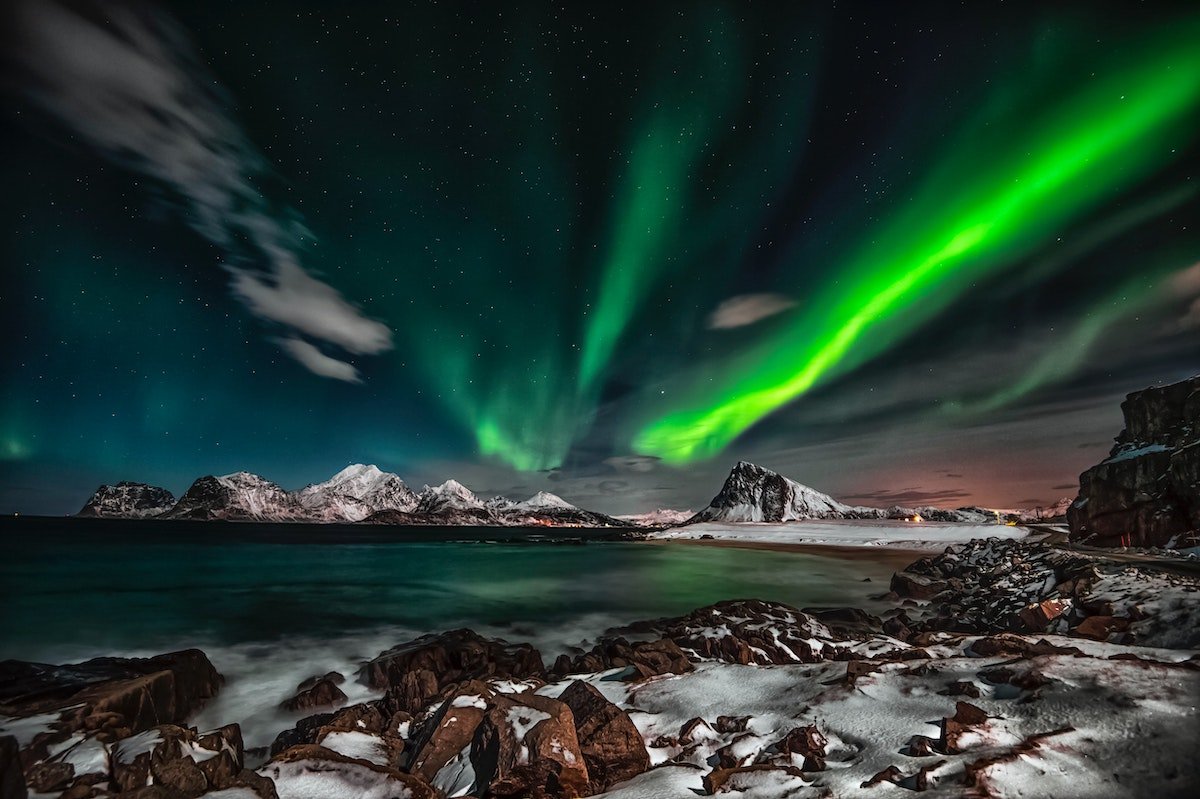
The allure of uninhabited islands has captured the imagination of adventurers, explorers, and wanderers for centuries.
These pristine and untouched lands offer a glimpse into nature’s raw beauty and a respite from the hustle and bustle of modern life.
In this article, we will embark on a journey to discover 12 of the world’s most uninhabited islands.
From the Arctic to the Antarctic, these remote and isolated paradises are havens for wildlife and natural wonders.
Whilst it’s not possible to rent accommodation on these islands, it is possible to visit them through specialized tours.
Join us as we explore the hidden treasures of these islands, delving into their locations, sizes, and the incredible fauna that call them home.
1. Devon Island

Located in the Arctic Archipelago of Canada, Devon Island is the largest uninhabited island on Earth.
With an area of over 55,000 square kilometers, it boasts a stark and captivating landscape dominated by glaciers, mountains, and rocky terrain.
This frigid wilderness is home to several species of Arctic wildlife, including polar bears, Arctic foxes, and various seabirds.
Its isolation and harsh climate make it an ideal destination for researchers studying the effects of climate change.
2. Alexander Island

Situated in Antarctica, Alexander Island is one of the largest islands on the continent.
Covering an area of approximately 48,904 square kilometers, it is nearly entirely covered by ice.
Due to its remoteness and extreme weather conditions, this island remains uninhabited.
However, it serves as an important area for scientific research, particularly in the fields of glaciology and climate studies.
The surrounding waters are home to seals, penguins, and other marine life.
3. Severny Island

Severny Island is the northernmost island of the Novaya Zemlya archipelago in the Arctic Ocean.
It spans an area of around 48,904 square kilometers and is characterized by its rugged terrain, glaciers, and tundra.
The island is uninhabited by humans, but it is teeming with Arctic wildlife, including reindeer, polar bears, and walruses.
Severny Island also holds historical significance as a site for Soviet nuclear tests during the Cold War.
4. Berkner Island
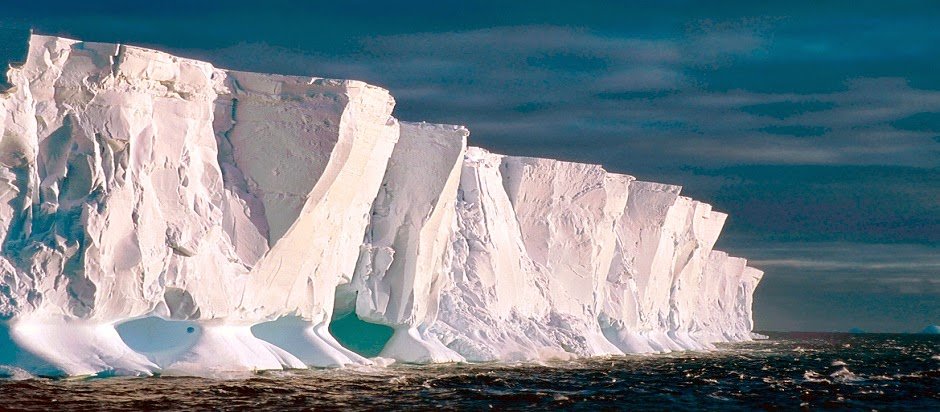
Found in the Weddell Sea region of Antarctica, Berkner Island covers an area of roughly 3,800 square kilometers.
Like many islands in Antarctica, Berkner is covered in ice and remains unpopulated.
The waters surrounding the island are rich in marine life, including seals, krill, and various species of fish.
It also serves as a vital location for scientific research on climate change and the Antarctic ecosystem.
5. Axel Heiberg Island

Axel Heiberg Island, situated in the Arctic Ocean, is the seventh-largest island in Canada, with an area of about 43,178 square kilometers.
This remote island is characterized by its stark beauty, featuring rugged mountains, glaciers, and permafrost.
While uninhabited by humans, it is home to unique Arctic flora, including lichens, mosses, and hardy shrubs.
Wildlife such as muskoxen, Arctic hares, and various bird species thrive in this harsh environment.
6. Melville Island
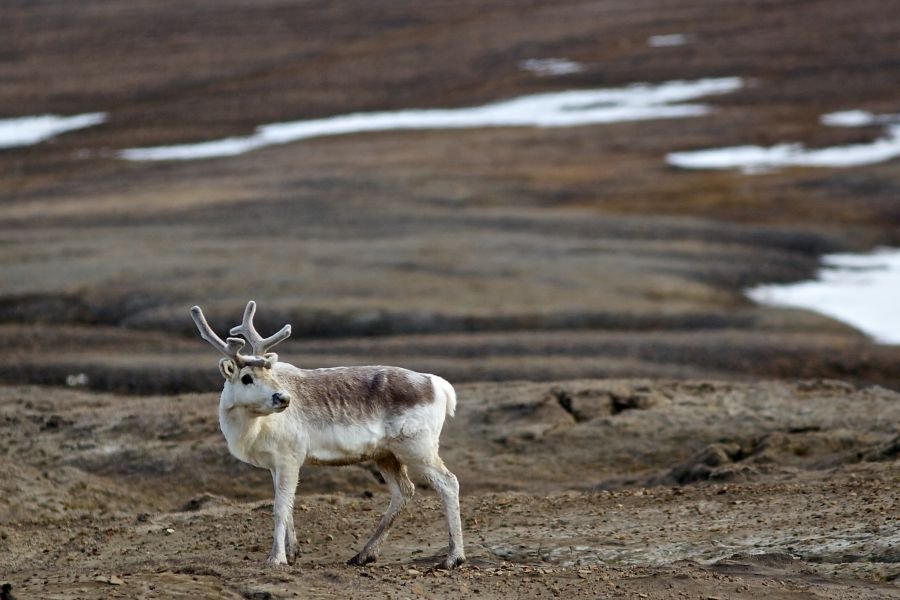
Melville Island, part of the Canadian Arctic Archipelago, spans approximately 42,149 square kilometers, making it one of the largest islands in Canada.
Its landscape is a blend of tundra, mountains, and coastal plains. While it lacks a human population, it hosts a diverse range of wildlife, including Arctic wolves, caribou, and numerous bird species.
Melville Island is a prime destination for wildlife enthusiasts and researchers.
7. Prince of Wales Island
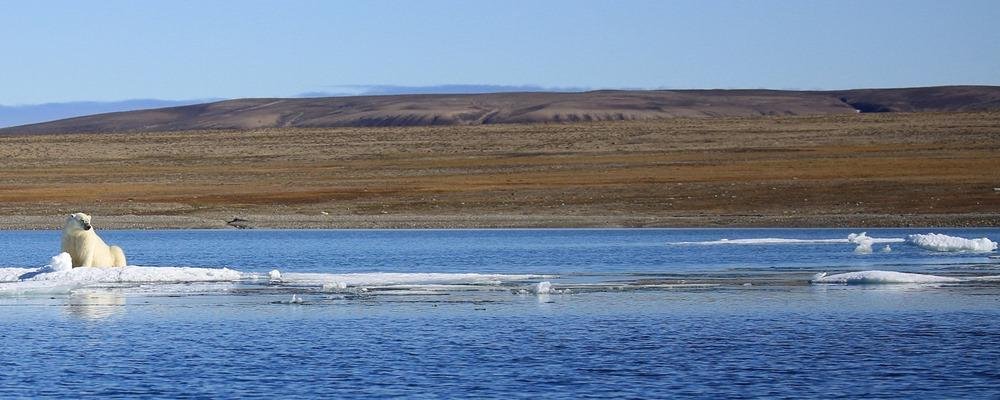
Prince of Wales Island is located in the Canadian Arctic Archipelago and covers an area of approximately 33,339 square kilometers.
This expansive island is characterized by its rugged terrain, fjords, and ice caps.
While uninhabited by humans, it is home to diverse Arctic wildlife, including polar bears, Arctic foxes, and migratory birds.
Its remote and pristine environment makes it a sanctuary for nature lovers.
8. Somerset Island

Another gem of the Canadian Arctic Archipelago, Somerset Island, spans about 24,786 square kilometers.
It is renowned for its stunning landscapes, including glaciers, coastal cliffs, and lush tundra.
Somerset Island is devoid of permanent human residents but supports a thriving ecosystem of Arctic wildlife, such as muskoxen, beluga whales, and a variety of bird species.
It’s a must-visit destination for those seeking unspoiled wilderness.
9. Kotelny Island

Kotelny Island is part of the New Siberian Islands in the Russian Arctic and covers an area of approximately 11,700 square kilometers.
Its desolate beauty is shaped by ice and tundra landscapes. Despite its harsh conditions, Kotelny Island is home to Arctic wildlife, including reindeer, Arctic hares, and numerous seabirds.
The surrounding waters are vital for marine life, with seals and polar bears often spotted along the icy shores.
10. Bathurst Island

Bathurst Island, located in the Canadian Arctic Archipelago, boasts an area of roughly 16,042 square kilometers.
Its remote location and challenging climate have kept human settlements at bay, preserving its pristine environment.
The island supports a range of Arctic fauna, including muskoxen, Arctic wolves, and migratory birds.
Its vast, untouched landscapes make it a haven for wildlife photographers and researchers.
11. Prince Patrick Island
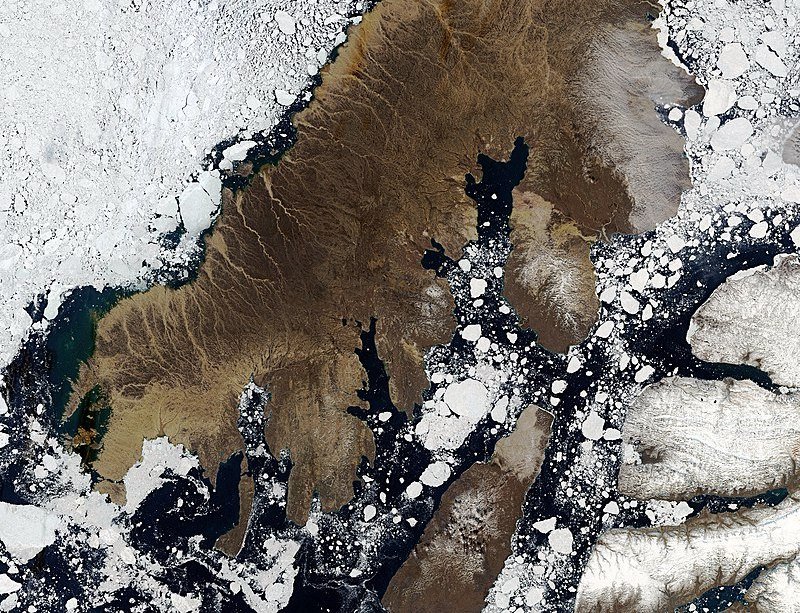
Prince Patrick Island, also part of the Canadian Arctic Archipelago, spans an area of around 15,848 square kilometers.
This uninhabited island features a rugged landscape of mountains, glaciers, and tundra.
It provides a habitat for Arctic wildlife, including polar bears, Arctic foxes, and nesting seabirds.
Its isolation and natural beauty make it a captivating destination for those seeking solitude in the Arctic wilderness.
12. Thurston Island

Our journey concludes with Thurston Island, located in Antarctica.
Covering an area of approximately 15,700 square kilometers, it is one of the largest islands in Antarctica.
Thurston Island’s rugged coastline is dotted with ice shelves and glaciers, while its interior is covered in ice and snow.
The surrounding waters are home to various seals, penguins, and whales, making it a haven for marine biologists and wildlife enthusiasts.
Challenges of Exploration
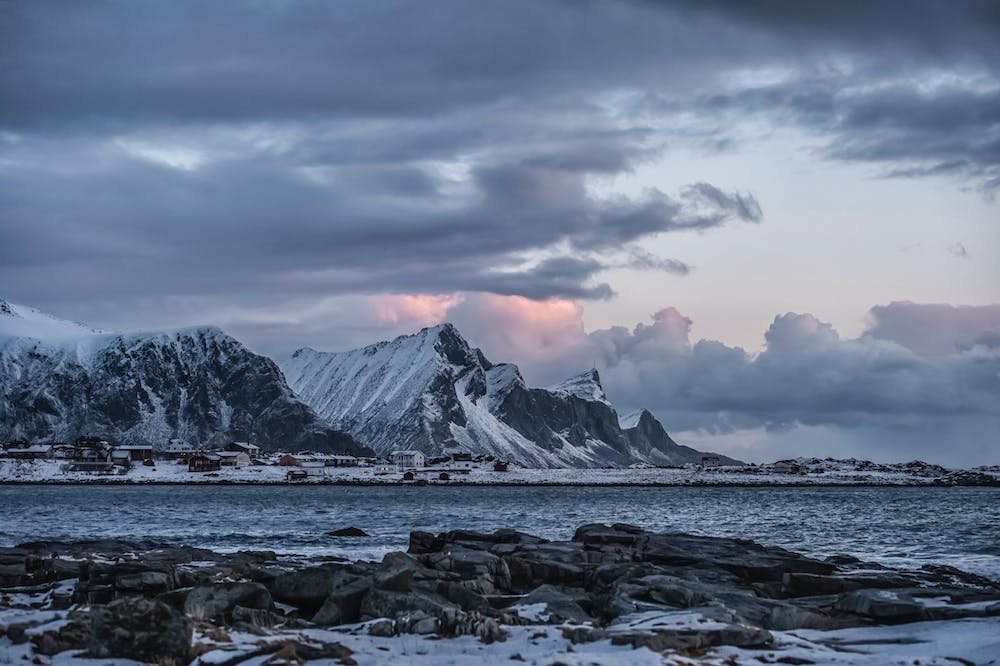
Inaccessibility:
Uninhabited islands are often situated in remote regions, requiring specialized means of transportation such as icebreakers for polar expeditions or small watercraft for islands surrounded by treacherous waters.
The lack of established routes means expedition teams must carefully plan their journeys, accounting for changing weather conditions and unforeseen obstacles.
Harsh Climate:
The extreme climates of uninhabited islands, particularly those in the Arctic and Antarctic, expose explorers to conditions that demand resilience.
Sub-zero temperatures, relentless winds, and unpredictable storms necessitate advanced gear and technology.
Researchers often contend with frostbite, hypothermia, and equipment malfunctions in their pursuit of understanding these harsh environments.
Limited Resources:
Expeditions to uninhabited islands require meticulous planning to ensure adequate supplies for the duration of the journey.
Researchers must consider factors such as food availability, water sources, and medical provisions.
The need for self-sufficiency is paramount, as resupplying in these remote locations is often impractical.
Navigational Perils:
Uninhabited islands lack well-defined paths or landmarks, making navigation a formidable challenge.
Explorers rely on sophisticated navigation tools such as GPS, radar, and sonar to traverse unfamiliar waters or terrains.
The risk of getting lost is ever-present, emphasizing the importance of meticulous route planning and navigational expertise.
Isolation:
The isolation of uninhabited islands extends beyond physical remoteness.
Prolonged periods of isolation can lead to psychological challenges for expedition teams.
Coping with the solitude, the absence of human contact, and the psychological stress induced by the harsh environment require mental fortitude and effective coping strategies.
Tips for Potential Visitors
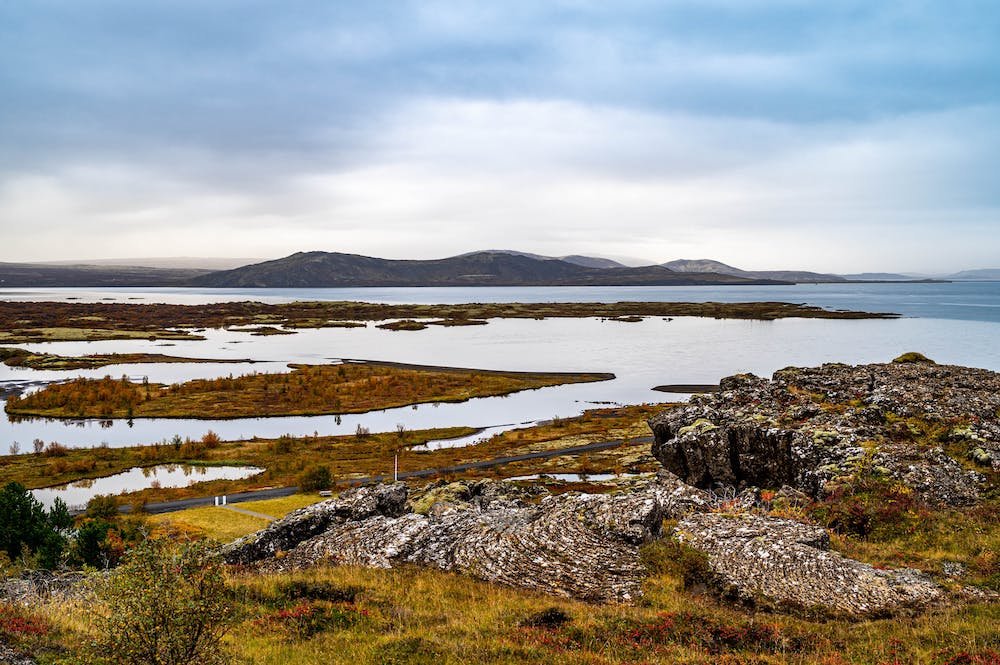
Research and Permits:
Potential visitors must conduct thorough research on the specific regulations governing each uninhabited island.
Obtaining the necessary permits is often a complex process that involves coordination with environmental agencies and indigenous communities.
Understanding and respecting these regulations are crucial for sustainable and responsible exploration.
Safety First:
Safety considerations are paramount for anyone considering a visit to an uninhabited island.
Beyond appropriate clothing and gear, visitors must be prepared for the dynamic and potentially hazardous conditions of the island.
Emergency supplies, including communication devices and first aid kits, are essential components of a safety-oriented approach.
Respect Wildlife and Ecosystems:
Uninhabited islands are havens for diverse wildlife and fragile ecosystems.
Visitors must maintain a respectful distance from animals to avoid disrupting natural behaviors.
Adhering to strict Leave No Trace principles ensures that the ecological impact of human presence is minimized, preserving the integrity of the island’s unique environment.
Follow Leave No Trace Principles:
Responsible tourism dictates leaving the island as undisturbed as possible. Visitors should carry out all waste, avoid disturbing plants and animals, and adhere to ethical and sustainable travel practices. By following Leave No Trace principles, visitors contribute to the long-term preservation of the uninhabited island.
Engage Local Guides:
Enlisting the services of local guides, if available, enhances the visitor’s experience while promoting sustainable tourism.
Local guides possess invaluable knowledge of the terrain, wildlife, and cultural nuances.
Their expertise contributes to responsible exploration, ensuring that visitors leave a positive impact on the environment and local communities.
Scientific Discoveries
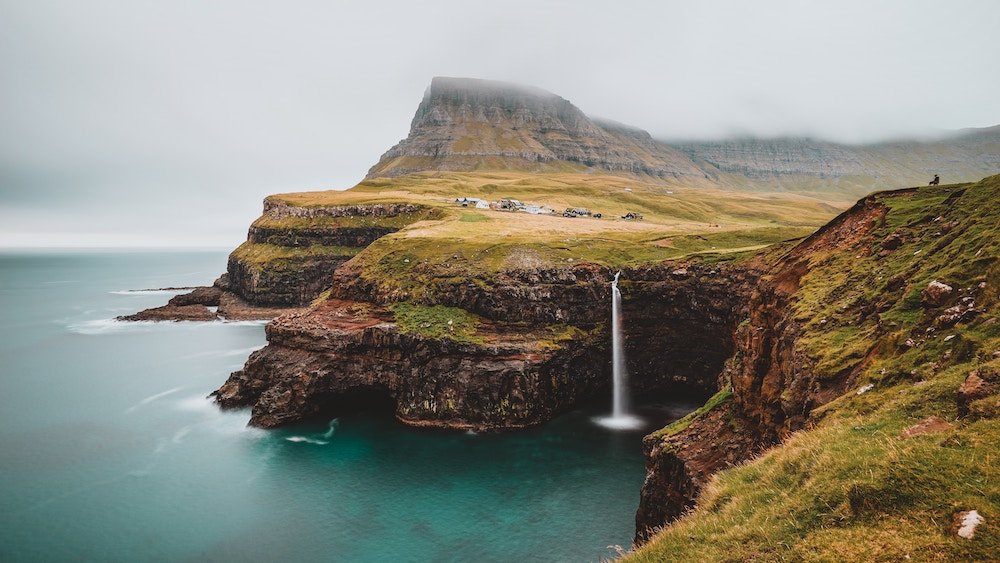
Climate Change Studies:
Uninhabited islands serve as natural laboratories for climate change studies.
Researchers monitor changes in ice cover, vegetation patterns, and wildlife behavior to understand the broader implications of global warming.
These islands offer real-time data on the impacts of climate change on polar and subpolar ecosystems.
Biodiversity Research:
The isolation of uninhabited islands fosters unique ecosystems with distinct flora and fauna.
Researchers conduct biodiversity studies, discovering new species and understanding the intricacies of ecological interactions.
These findings contribute to global conservation efforts and enhance our understanding of Earth’s biological diversity.
Geological Insights:
Preserved from human interference, uninhabited islands offer pristine geological features.
Scientists study rock formations, volcanic activity, and the islands’ geological history.
Insights gained from these studies contribute to broader geological understanding, aiding in the reconstruction of Earth’s past and predicting future changes.
Archaeological Exploration:
Some uninhabited islands hold archaeological treasures, providing insights into early human migrations and cultural histories.
Archaeological expeditions uncover artifacts, ancient settlements, and evidence of human activities.
These discoveries contribute to the understanding of human evolution and the historical significance of these remote lands.
Climate Change Impacts
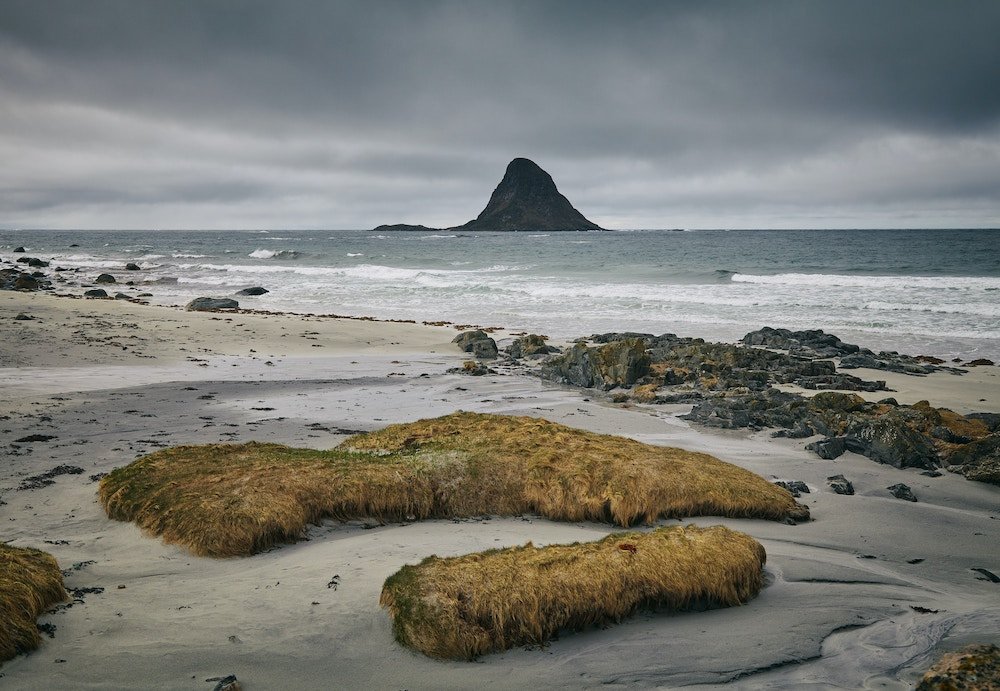
Melting Ice and Sea Level Rise:
Uninhabited islands in polar regions offer front-row seats to the impacts of climate change.
Accelerated ice melt contributes to rising sea levels, with scientists closely monitoring these changes.
These islands provide critical data on the vulnerability of polar environments to climate-induced transformations.
Shifts in Wildlife Patterns:
Climate change influences the behavior and distribution of wildlife on uninhabited islands.
Researchers observe shifts in migration patterns, altered breeding seasons, and changes in the composition of species.
These shifts serve as indicators of broader ecological changes driven by a warming climate.
Ocean Acidification Monitoring:
The surrounding waters of uninhabited islands become arenas for studying ocean acidification.
Researchers monitor pH levels, assessing the impacts on marine life and ecosystems.
These studies contribute to understanding the long-term consequences of increased carbon dioxide absorption by the oceans.
Extreme Weather Events:
Uninhabited islands often bear the brunt of extreme weather events, including hurricanes and storms.
Scientific monitoring of these events provides insights into their frequency and intensity, offering critical data for understanding the connections between climate change and extreme weather phenomena.
Conclusion
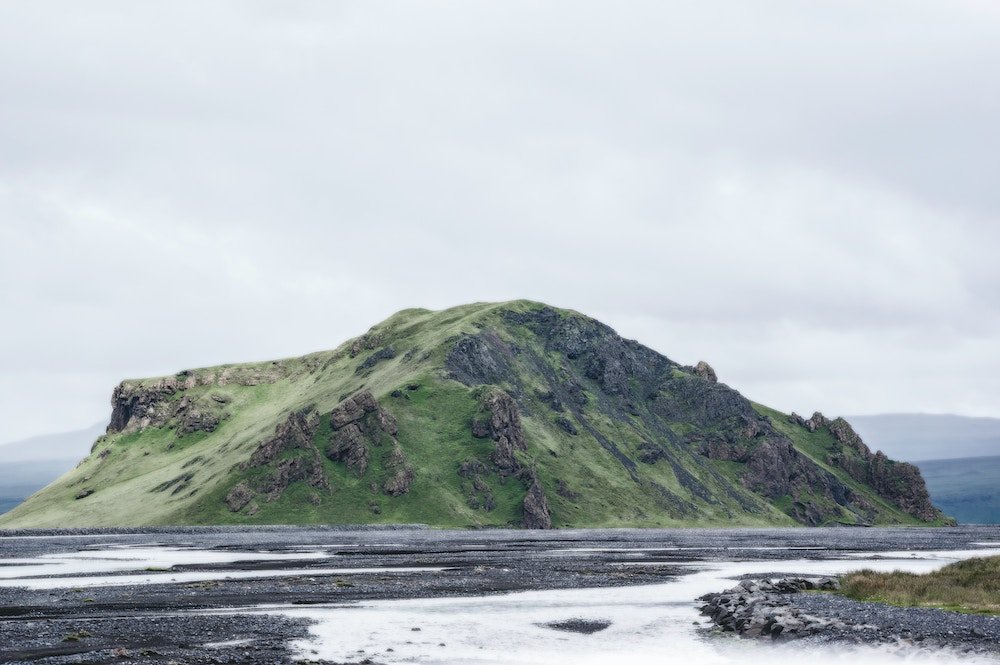
In a world where urbanization and development are encroaching on natural habitats, these 12 uninhabited islands stand as pristine sanctuaries of untouched wilderness.
From the icy expanses of the Arctic to the remote reaches of Antarctica, these islands offer a glimpse into the raw beauty and resilience of nature.
Their vast landscapes and unique ecosystems, teeming with diverse flora and fauna, remind us of the importance of preserving these untouched havens for future generations.
Whether you are an adventurer, a wildlife enthusiast, or a scientist, these islands beckon with their untamed allure, inviting you to explore and protect the wonders of our planet’s last frontiers.
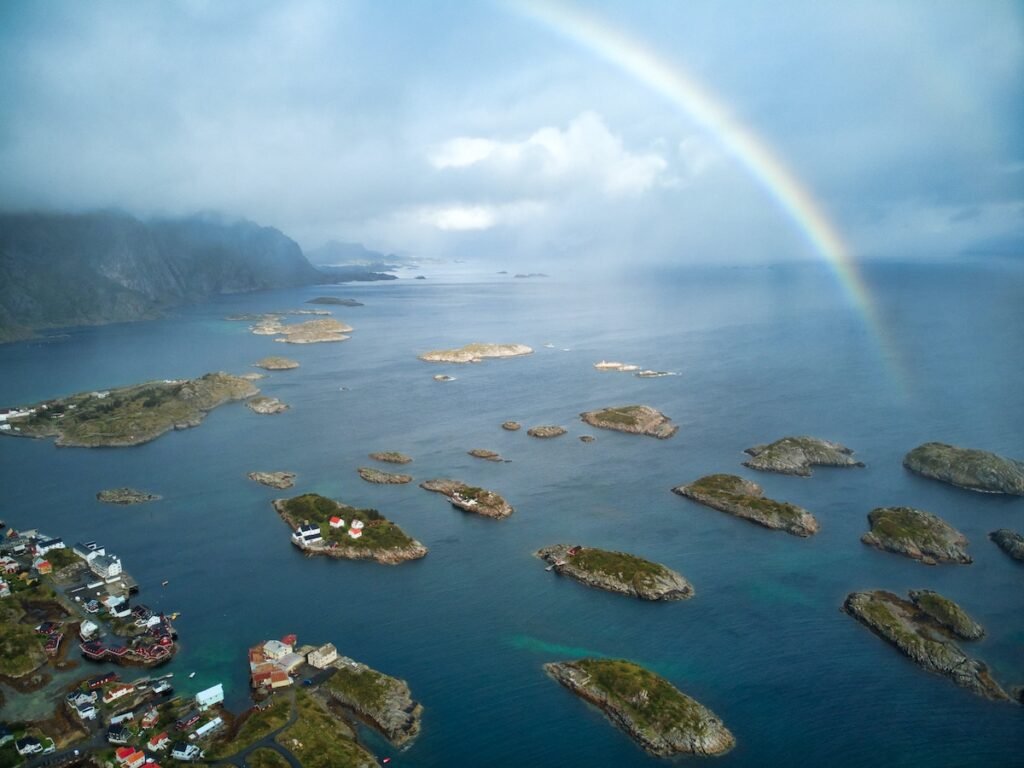
FAQ’s About the World’s Uninhabited Islands
How many uninhabited islands are there?
It’s challenging to pinpoint an exact number of uninhabited islands as it depends on various factors, including definitions of “uninhabited” and ongoing exploration efforts.
Thousands of islands worldwide remain untouched by human settlement, providing havens for wildlife and preserving nature’s raw beauty.
What is the most uninhabitable island on earth?
Devon Island in the Arctic Archipelago of Canada is often considered one of the most uninhabitable islands.
Its harsh climate, dominated by glaciers and rocky terrain, makes it a challenging place for human habitation.
Despite its extreme conditions, it serves as an ideal location for researchers studying the effects of climate change.
Why are many islands still uninhabited?
Several factors contribute to islands remaining uninhabited.
Harsh climates, lack of natural resources, and geographical isolation make some islands inhospitable for sustained human settlement.
Additionally, conservation efforts, environmental protection, and the desire to preserve pristine ecosystems contribute to the decision to leave certain islands untouched.
How do you live on an uninhabited island?
Living on an uninhabited island requires careful planning and preparation.
Basic survival skills, knowledge of the local environment, and access to essential resources such as food, water, and shelter are crucial.
Sustainable practices, respect for the ecosystem, and adherence to Leave No Trace principles are essential for minimizing one’s impact on the delicate island environment.
What island can humans not go to?
North Sentinel Island, part of the Andaman Islands in the Bay of Bengal, is known for its isolation and limited contact with the outside world.
The indigenous Sentinelese people, who inhabit the island, have had minimal interaction with modern society, and the Indian government enforces strict restrictions to protect both the island’s unique culture and the inhabitants’ well-being.
Is there a forbidden island in the world?
While the term “forbidden island” can be subjective, North Sentinel Island is often referred to as such due to its restricted access.
The Sentinelese people living on the island have chosen to remain isolated, and the Indian government has implemented policies to protect their autonomy and preserve the island’s unique environment.
Unauthorized access to North Sentinel Island is strictly prohibited to ensure the safety of both visitors and the indigenous population.
